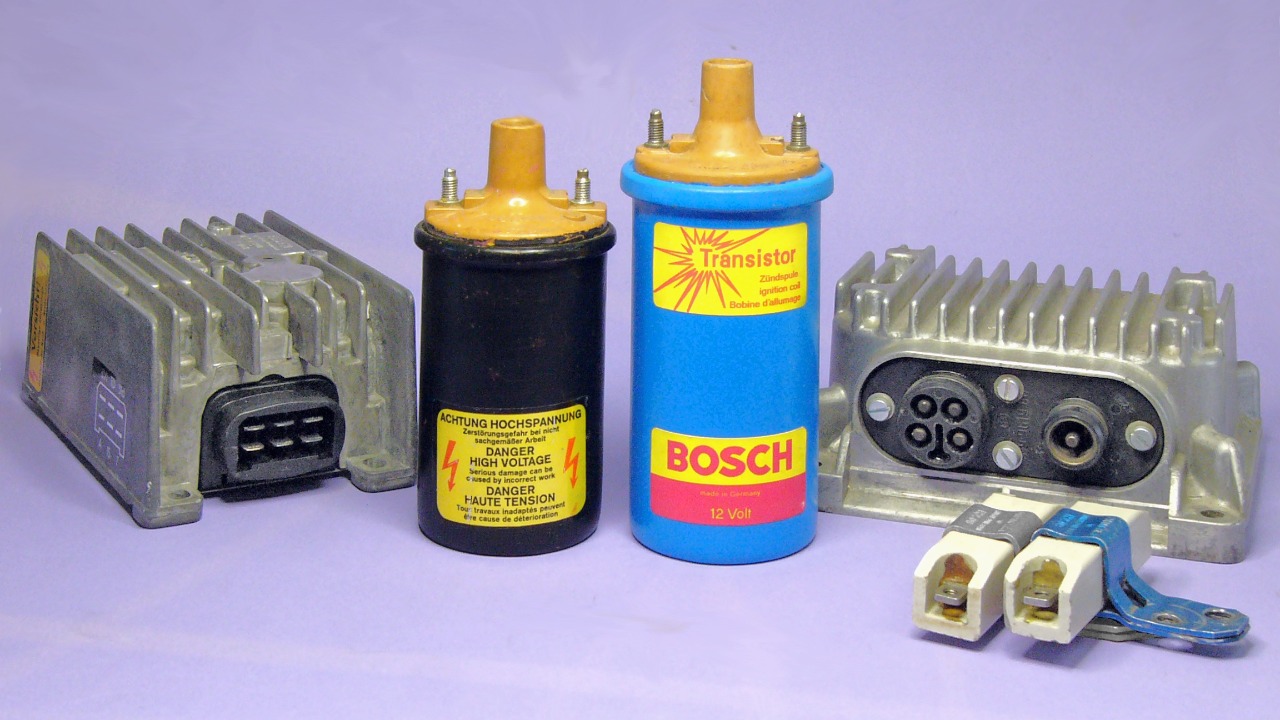
Ignition coil packs are crucial components in modern vehicle engines, transforming low-voltage power from the battery into the high-voltage spark needed for ignition. Recent diagnostics have highlighted specific issues with these components in Mercedes models. In a different context, coil shocks like the Rockshox Vivid and Super Deluxe Coil are key elements in bike suspension systems, offering a comparison to air alternatives.
What Is a Coil Pack?
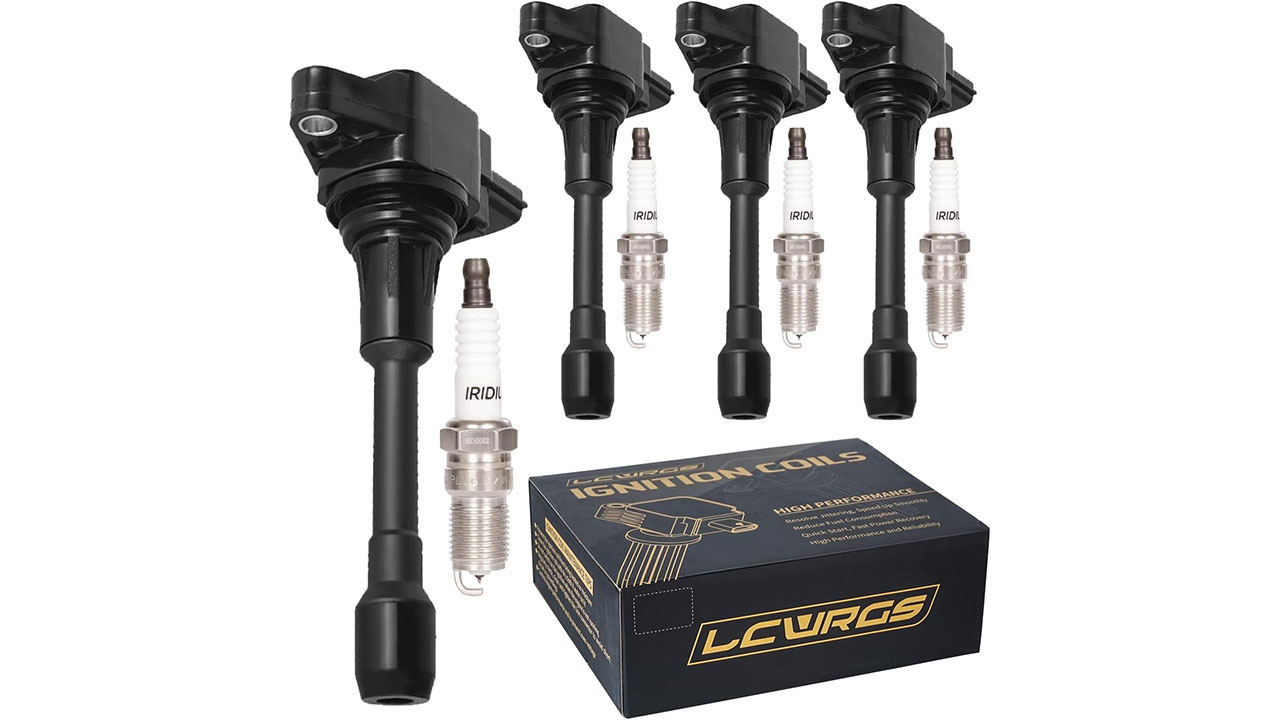
An ignition coil pack in automotive engines serves a fundamental role. It is a device that transforms the low-voltage power from the battery into the high-voltage spark required for ignition. This transformation is made possible by the coil pack’s basic construction, which includes windings and core materials that enable voltage amplification.
Coil packs are designed to be robust and durable, given their critical role in the ignition process. They are typically encased in a heat-resistant material to withstand the high temperatures generated during operation. The coil pack’s design also includes a primary and secondary winding. The primary winding receives the low-voltage power from the battery, while the secondary winding is responsible for amplifying this voltage to create the high-voltage spark. This process is known as electromagnetic induction.
Types of Coil Packs in Vehicles
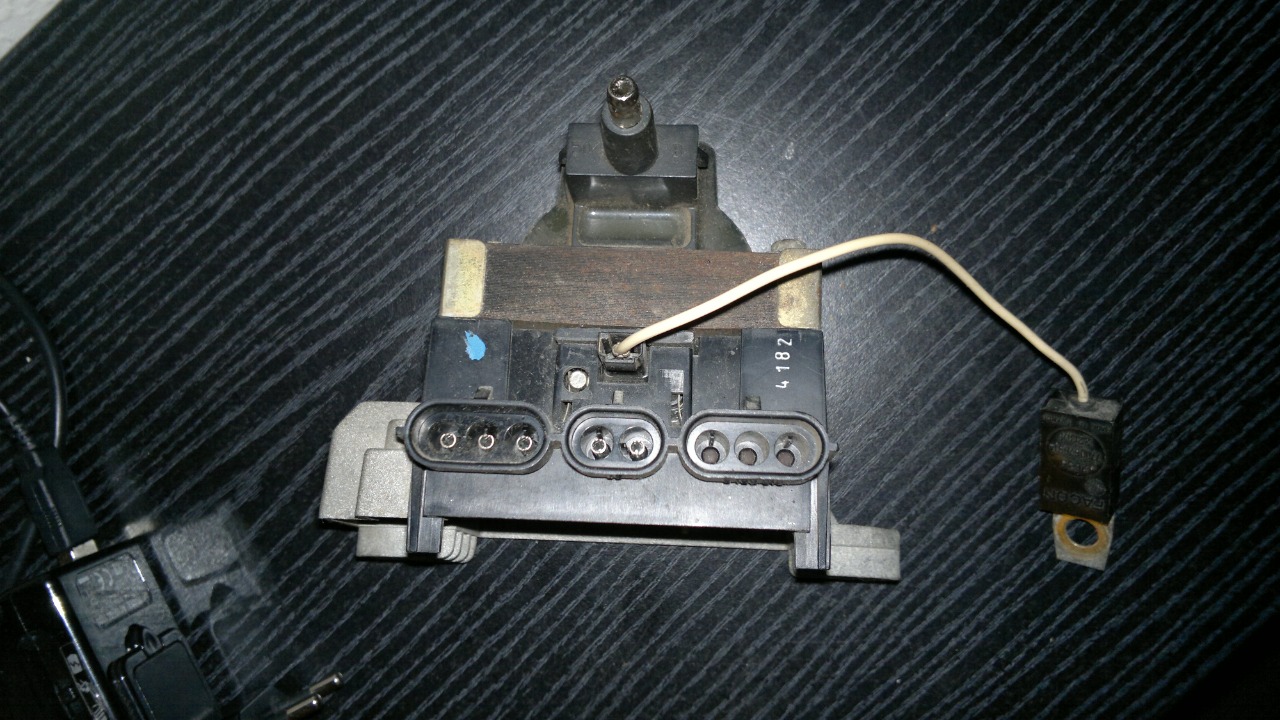
There are different types of coil packs used in vehicles. In distributorless ignition systems (DIS), individual coil packs serve one or two cylinders. This system eliminates the need for a distributor, leading to fewer parts that can fail.
Another design is the coil-on-plug (COP) system, where the coil packs are mounted directly on the spark plugs. This design improves efficiency by reducing the loss of energy that can occur in traditional systems. Specialized diagnostics, such as those used for Mercedes vehicles, involve specific coil pack testing procedures.
The type of coil pack used in a vehicle can significantly impact its performance. For instance, the DIS system’s individual coil packs can provide more precise control over the ignition process, potentially improving engine efficiency and performance. On the other hand, the COP system’s direct mounting on the spark plugs can minimize energy loss, leading to better fuel economy and lower emissions.
How Coil Packs Work in an Engine
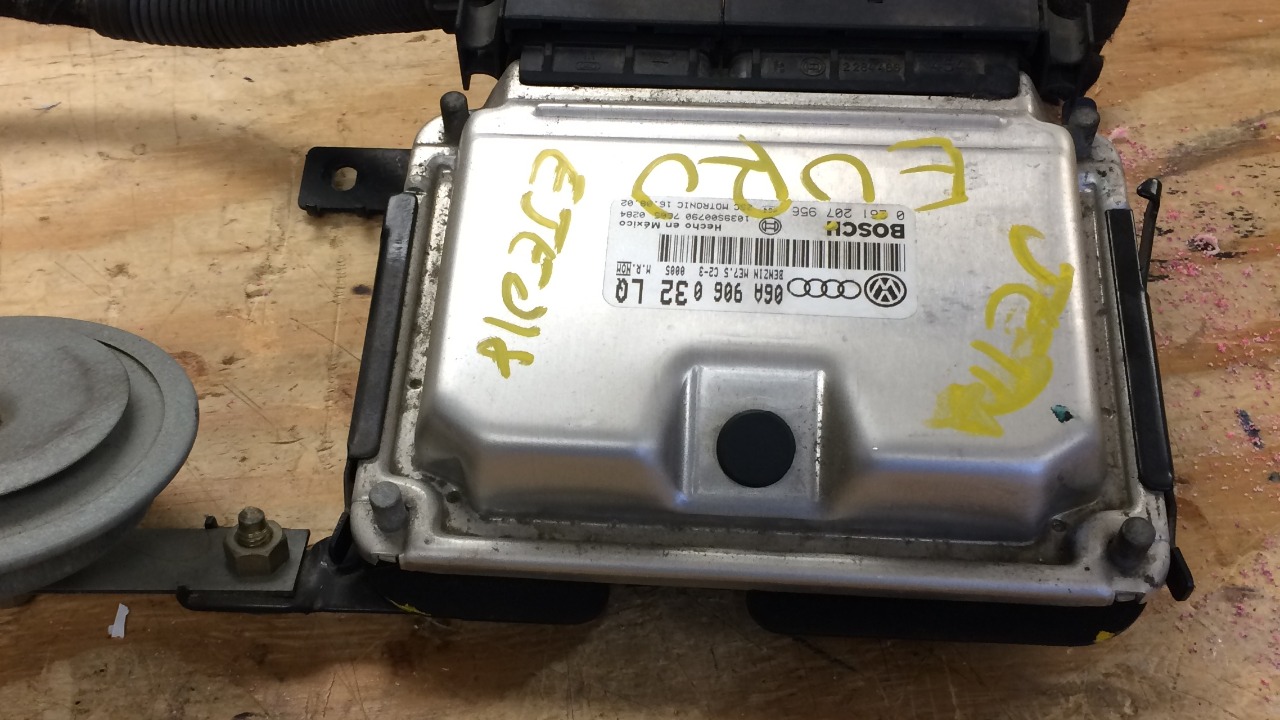
The operation of coil packs in an engine involves a step-by-step process of electromagnetic induction to create a spark. This process begins with the engine control unit (ECU) sending a signal to the coil pack. The coil pack then generates a high-voltage spark, which is timed perfectly by the ECU to ignite the fuel-air mixture in the engine’s combustion chamber.
When the ECU sends a signal to the coil pack, it closes a circuit within the primary winding. This circuit allows current to flow from the battery through the winding, creating a magnetic field. When the ECU signal stops, the circuit opens, causing the magnetic field to collapse rapidly. This rapid change induces a high voltage in the secondary winding, which is then directed to the spark plug to ignite the fuel-air mixture.
The precision of this process is crucial for optimal engine performance. Any disruption in the timing or intensity of the spark can lead to engine misfires or reduced power output. Therefore, maintaining the coil pack’s functionality is essential for the overall health of the vehicle’s engine.
Signs That a Coil Pack Is Failing
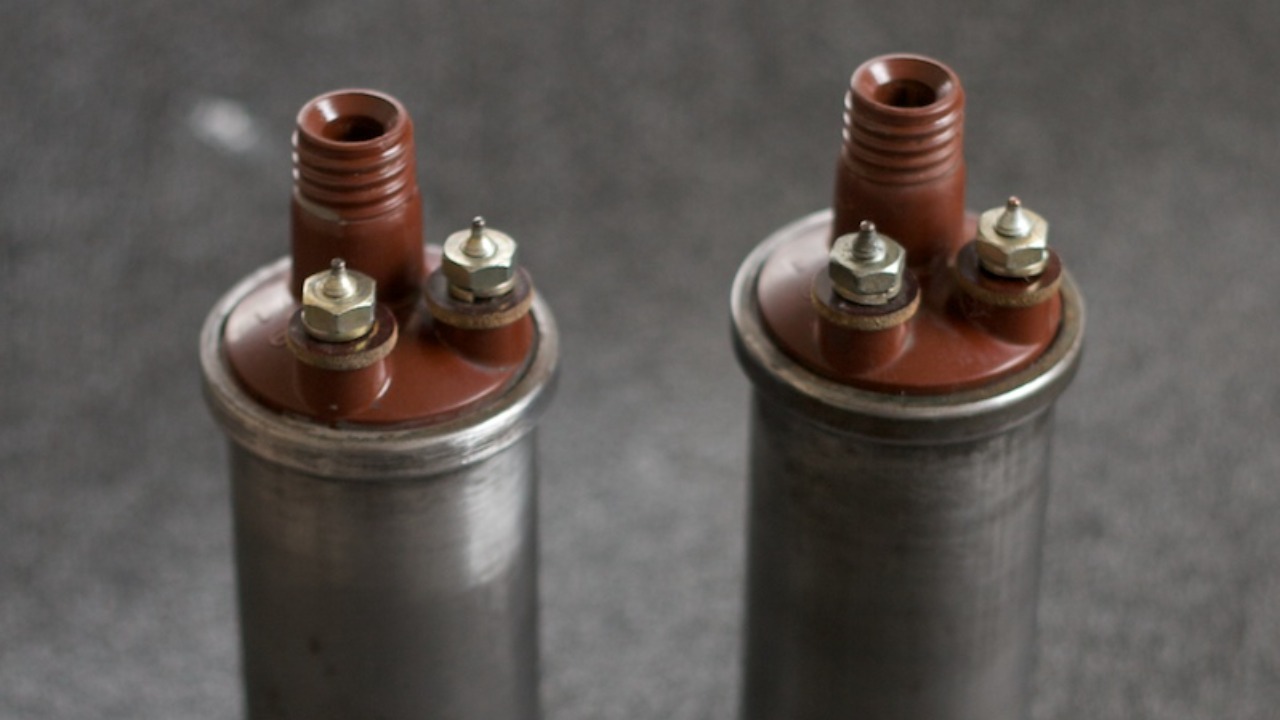
Several symptoms can indicate a failing coil pack. These include engine misfires, rough idling, or reduced power output due to inconsistent sparking. These symptoms are often the result of the coil pack’s inability to generate a consistent, high-voltage spark.
Other signs of a failing coil pack can include difficulty starting the vehicle, especially in cold weather, and a noticeable decrease in fuel efficiency. In some cases, a failing coil pack may also trigger the check engine light on the vehicle’s dashboard. This light is typically linked to the vehicle’s onboard diagnostics system, which can detect issues with the ignition system, including problems with the coil packs.
By recognizing these signs early, vehicle owners can address coil pack issues before they lead to more serious engine problems.
Consequences of a Bad Coil Pack
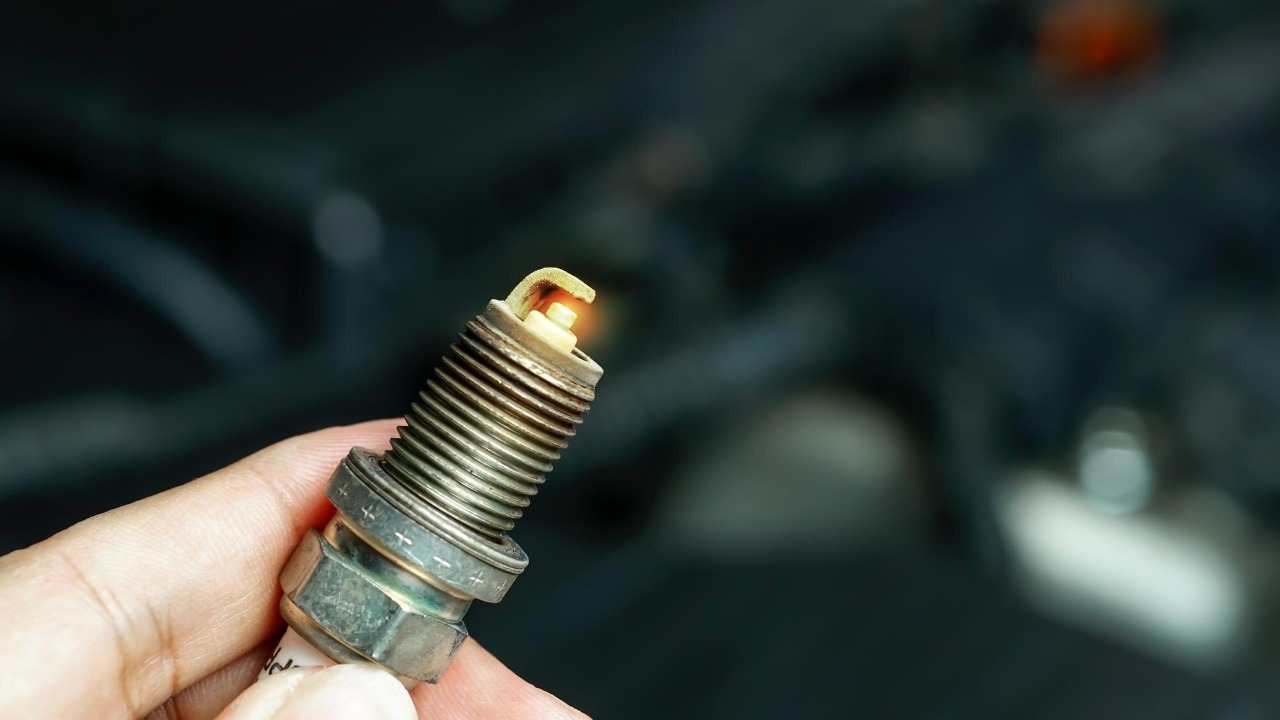
A bad coil pack can have immediate and long-term effects on a vehicle. In the short term, it can lead to poor fuel economy and increased emissions due to incomplete combustion. Over time, persistent misfires can cause damage to other components of the vehicle, such as the catalytic converters or pistons.
In addition to poor fuel economy and increased emissions, a bad coil pack can also cause the vehicle to fail an emissions test. This failure can be due to the increased levels of unburned fuel in the exhaust, which can exceed the legal limits for vehicle emissions. Furthermore, the increased strain on the engine caused by a bad coil pack can lead to premature engine wear, potentially shortening the engine’s lifespan.
Over time, a bad coil pack can also lead to other issues, such as damage to the spark plugs and ignition wires. This damage can result from the inconsistent or excessive sparking caused by the faulty coil pack. Therefore, addressing coil pack issues promptly can help prevent further damage and potentially costly repairs.
Diagnosing and Replacing a Coil Pack
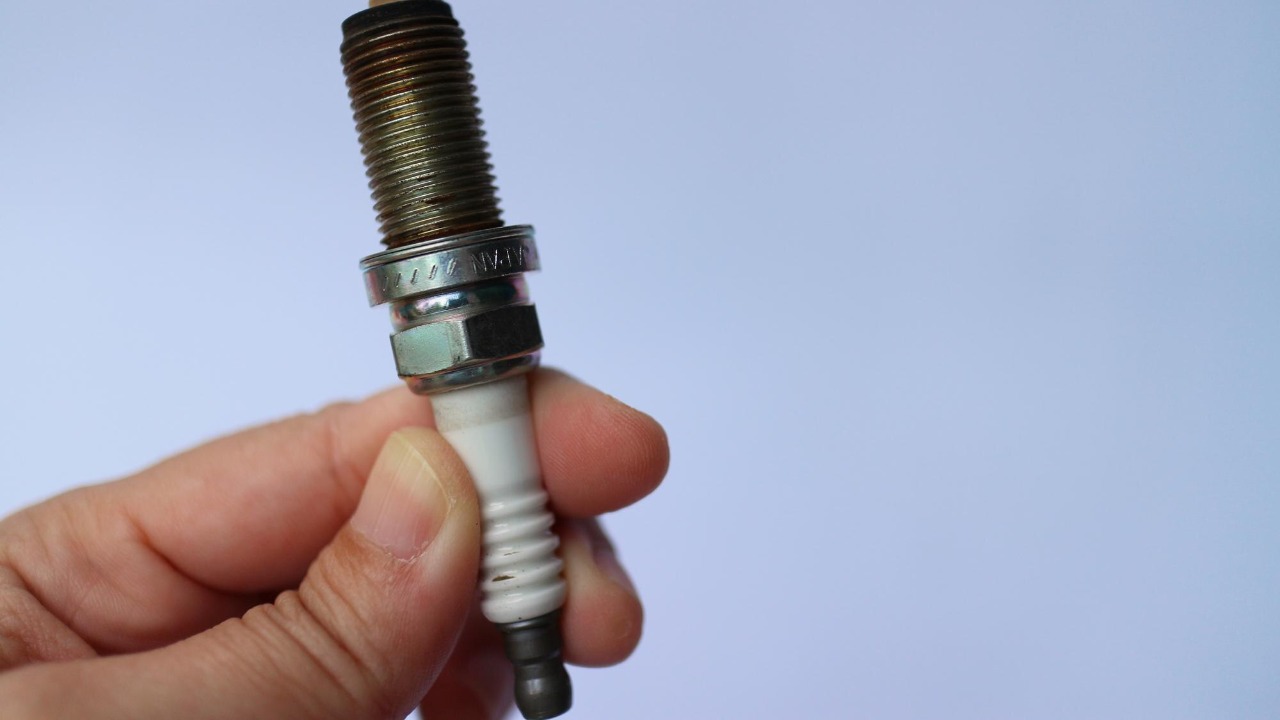
Diagnosing a faulty coil pack often involves using an OBD-II scanner to detect misfire codes. Once a faulty coil pack is identified, the replacement process can begin. This process includes removing the old coil pack, installing the new one, and ensuring it is torqued to the correct specifications.
After using an OBD-II scanner to detect misfire codes, a mechanic may also use a multimeter to measure the resistance in the coil pack’s windings. This measurement can help determine if the coil pack is functioning properly. If the resistance is outside the manufacturer’s specifications, the coil pack may need to be replaced.
When replacing a coil pack, it’s important to disconnect the battery and remove any components that may obstruct access to the coil pack. After installing the new coil pack and reconnecting the battery, the vehicle should be started and checked for any signs of misfires or other issues.
Preventive Maintenance for Coil Packs
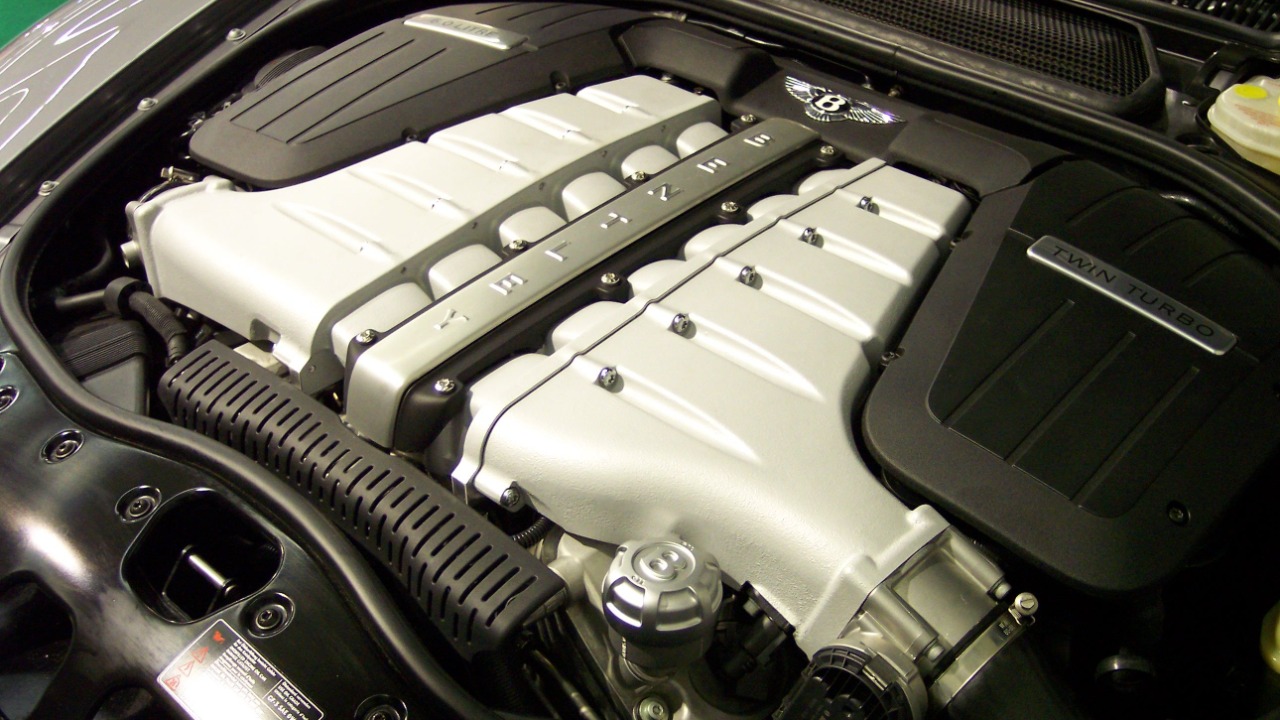
Regular inspections during tune-ups can help catch early wear from heat or vibration, potentially preventing coil pack failure. Using high-quality OEM or aftermarket parts can also help avoid premature failure.
Preventive maintenance for coil packs can also include cleaning the coil packs and their connectors to remove any dirt or corrosion. This cleaning can help ensure a good electrical connection and prevent issues with the coil pack’s operation. Additionally, checking the coil pack’s mounting and securing it properly can help prevent damage from vibration.